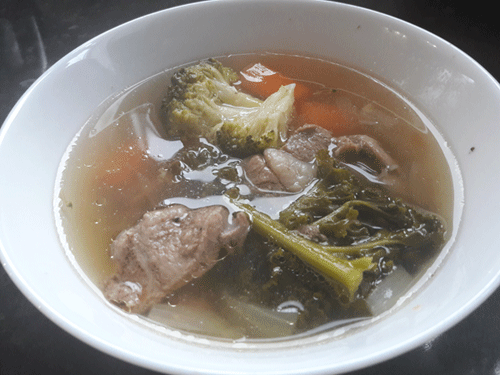Withaferin a Inhibits Breast Cancer Invasion and Metastasis at Sub-Cytotoxic Doses by Inducing Vimentin Disassembly and Serine 56 Phosphorylation
© Authored by PubMed
© HealthyMuslim. See Terms and Conditions
Copy Link
Email
Print

Thaiparambil JT, Bender L, Ganesh T, Kline E, Patel P, Liu Y, Tighiouart M, Vertino PM, Harvey RD, Garcia A, Marcus AI. Withaferin A inhibits breast cancer invasion and metastasis at sub-cytotoxic doses by inducing vimentin disassembly and serine 56 phosphorylation. 1. Int J cancer. 2011 Dec 1;129(11):2744-55. doi: 10.1002/ijc.25938. Epub 2011 May 2.
Withaferin A (WFA) is purified from the plant Withania somnifera and inhibits the vimentin cytoskeleton. Vimentin overexpression in cancer correlates with metastatic disease, induction of epithelial to mesenchymal transition and reduced patient survival. As vimentin functions in cell motility, we wanted to test the hypothesis that WFA inhibits cancer metastasis by disrupting vimentin function. These data showed that WFA had weak cytotoxic and apoptotic activity at concentrations less than or equal to 500 nM, but retained potent anti-invasive activity at these low doses. Imaging of breast cancer cell lines revealed that WFA induces perinuclear vimentin accumulation followed by rapid vimentin depolymerization. A concomitant induction of vimentin ser56 phosphorylation was observed, which is consistent with vimentin disassembly. Structure activity relationships were established using a set of chemically modified WFA analogs and showed that the predicted vimentin-binding region of WFA is necessary to induce vimentin ser56 phosphorylation and for its anti-invasive activity. Pharmacokinetic studies in mice revealed that WFA reaches peak concentrations up to 2 ?M in plasma with a half-life of 1.36 hr following a single 4 mg/kg dose. In a breast cancer metastasis mouse model, WFA showed dose-dependent inhibition of metastatic lung nodules and induced vimentin ser56 phosphorylation, with minimal toxicity to lung tissue. Based upon these studies, we conclude that WFA is a potent breast cancer anti-metastatic agent and the anti-metastatic activity of WFA is, at least in part, mediated through its effects on vimentin and vimentin ser56 phosphorylation.
Link to this article: Show: HTML Link • Full Link • Short Link
Share or Bookmark this page: You will need to have an account with the selected service in order to post links or bookmark this page.





|
Related Articles:
- Withaferin a Inhibits Breast Cancer Invasion and Metastasis at Sub-Cytotoxic Doses by Inducing Vimentin Disassembly and Serine 56 Phosphorylation
- An Aqueous Extract of Withania Somnifera Root Inhibits Amyloid Fibril Formation in Vitro
- Ashwagandha Leaf Derived Withanone Protects Normal Human Cells Against the Toxicity of Methoxyacetic Acid, a Major Industrial Metabolite
- Behavioural and Neurochemical Evaluation of Perment an Herbal Formulation in Chronic Unpredictable Mild Stress Induced Depressive Model
- A Comparison of the Immunostimulatory Effects of the Medicinal Herbs Echinacea, Ashwagandha and Brahmi
You must be registered and logged in to comment.
Most Popular
Latest Articles
Popular Subjects
Health, fitness and longevity
Based upon the principles of health
in the Qur'an and Prophetic Traditions.
HealthyMuslim.Com
There are two bounties in which
most people lose out: good health
and free time. Al-Bukhari.
The information on this site is provided for educational purposes only. It is not intended as a substitute for professional advice of any kind.























